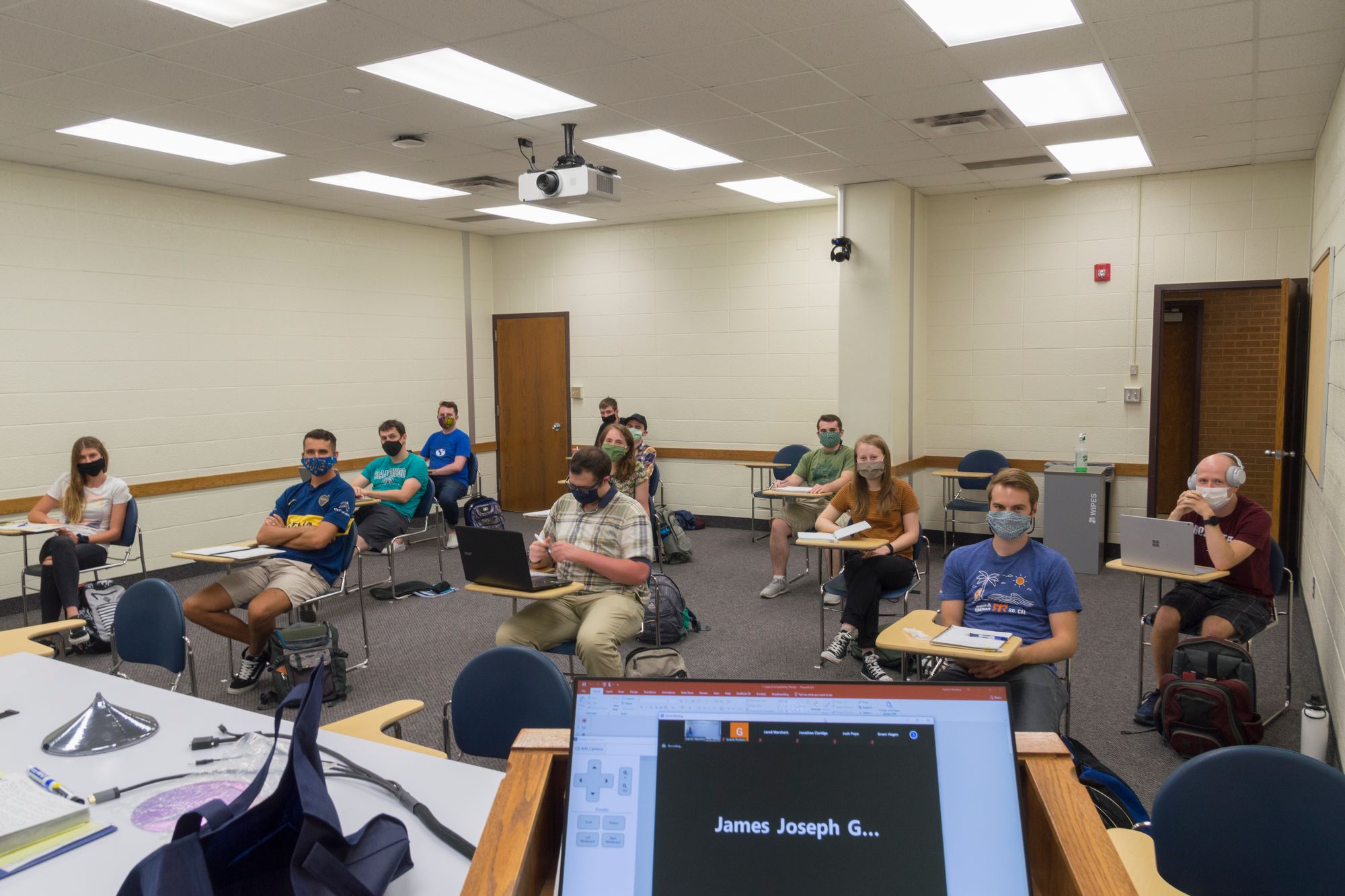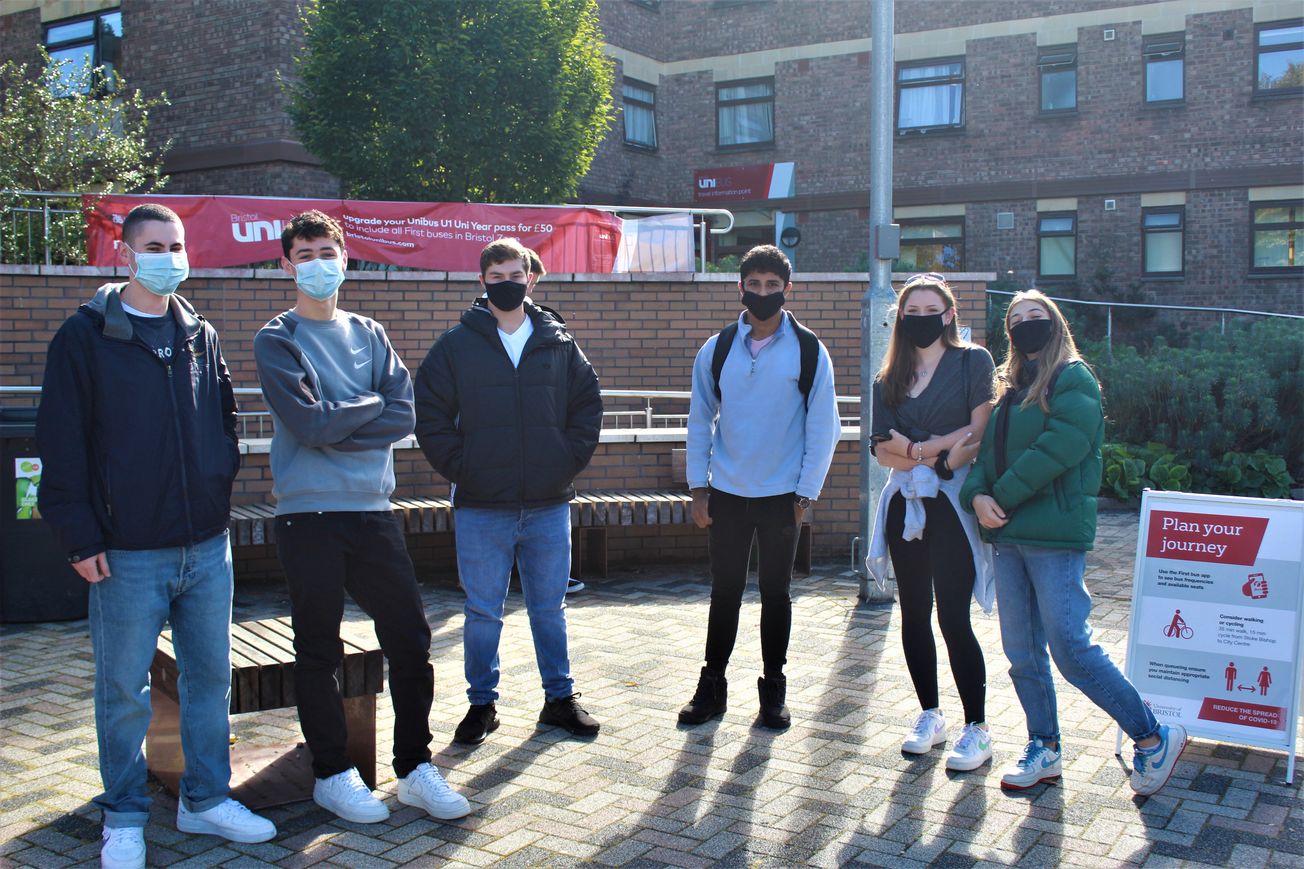By Noa Blane Damelin, Digital Features Editor
The beginning of a new academic year for Universities in the UK is fast approaching, but circumstances have rarely felt so unfamiliar. As institutions of higher education around the country prepare for the return of their students, Epigram takes a look at how Universities in other countries around the world have coped with teaching in a pandemic.
America:
There were huge discrepancies across America in terms of how Universities chose to go about teaching in a pandemic.
Some institutions – among them many of the best-known American universities – opted for a fully online teaching model for the entire academic year. Harvard, Princeton and Stanford are among those best-known colleges who opted for fully online remote learning.
‘As Good as Virtual School Can Be’: Harvard Law Students Embrace Online Learning | News | The Harvard Crimson https://t.co/Yeb1urcBEa
— Annette Gordon-Reed (@agordonreed) September 18, 2020
Some of these Universities, such as Harvard, are still welcoming some students to live on campus in an attempt to resurrect some remnants of the American campus experience in spite of the pandemic.
Other higher education institutions in America have opted to return to some in-person teaching. Most colleges and Universities who offer some in-person teaching are working with a ‘hybrid’ model of both in-person and some online teaching, not dissimilar to measures here in the UK.
However, there are a few Universities – especially in Southern states – who have opted for primarily or fully in-person teaching.

For example, Father Jenkins, President of the University of Notre Dame in Indiana, wrote an attention-grabbing Opinion piece for the New York Times back in May declaring that the University would reopen for in-person teaching on the grounds that coping with a pandemic is not merely a scientific dilemma but also a moral one.
Some institutions who welcomed students in person have been hard hit by Covid-19. The University of Notre Dame, for example, had to turn back on its adamant stance on teaching students in person after the first week of the academic year after 147 students tested positive for coronavirus.
Teaching at Notre Dame was moved fully online for two weeks, but some classes have since returned in person as the coronavirus numbers decreased.

Brazil:
Universities in Brazil have struggled to cope with the pandemic. Over half of the 69 state universities around the country have had to suspend all teaching because they were not able to offer adequate online instruction, nor were they able to safely welcome students to campus for in-person teaching.
The Ministry of Education estimates that this means that over half a million University students in Brazil have had their education suspended since March.
Universities on the frontline of Brazil’s budget cuts https://t.co/75xkG6yP2g pic.twitter.com/452xDN9v3t
— FRANCE 24 (@FRANCE24) July 24, 2019
The difficulties faced in transitioning to online learning have been two-pronged in Brazil. Firstly, a lack of access to either a computer or decent WiFi is estimated to affect as many as 30 percent of University students across Brazil, meaning that not all students are able to access online tuition equally.
Furthermore, Universities have not benefitted from cooperation or funding from the government. The President, Mr. Bolsonaro, has not published any coherent national policy on University life.
While this is similar in some ways to the decentralised approach that America has adopted, Universities in America tend to be far wealthier than their Brazilian contemporaries. Funding to the Ministry of Education in Brazil was actually cut by £200 million for 2021. This has meant that many State Universities in Brazil have simply been unable to afford to invest in online learning.
Over half a million University students in Brazil have had their education suspended since March.
Japan:
In Japan, on the other hand, 80 percent of Universities are offering primarily or fully online learning this year.
This outright commitment to online learning means that many students in Japan will not return to their University campus at all this year.
Government cooperation and support with the Higher Education sector, as well as funding, is essential in order to ensure smooth transition to online learning.
This comes after the Ministry of Education invested a whopping £74 million in distance learning specifically for University students.
It is clear that government cooperation and support with the Higher Education sector, as well as funding, is essential in order to ensure smooth transition to online learning.
Australia:
In Australia there was a highly centeralised government approach to the Higher Education sector.
Unlike most other nations, in March the government made it a national law for a few weeks for all higher education institutions to teach exclusively online. This meant that there were no significant discrepancies in the ways in which different institutions chose to deal with Covid-19.
This centralised approach was then diluted slightly as different States in Australia managed to fight back the virus at different rates, so some States were allowed to return to in-person teaching sooner than others.

Universities in Australia were incredibly well-prepared for a smooth transition to online learning because a lot of University courses in Australia possessed the capabilities for online learning pre-Covid. As such, there was not much difficulty in transitioning all students from in-person to online.
Epigram spoke with Gina Steinberg, a student at Monash University in Melbourne. She said, ‘Communication was really good between government, the University and students. The transition to online was quite seamless.’
‘Communication was really good between government, the University and students.’
United Kingdom:
The academic calendar here in the UK will see Universities reopening from late September through to early October.
On a national level, the government has allowed institutions to decide whether they want to welcome students back to campus for in-person teaching in small groups, although all lectures will be delivered online.
Masks are set to be compulsory for students to wear for in-person teaching and many classes will operate at reduced capacity. Online teaching will be available for students who cannot attend in-person classes or in the case of a potential second lockdown.
Covid infections among Bristol students can be reduced by 75% with interventions, says University model
Masks and visors now required for all in-person teaching at Bristol after rise in R rate
Here at Bristol, students will be expected to wear a visor for all in-person teaching and the parking lot behind the Victoria Rooms has been turned into a walk-in Covid-19 test site for any students exhibiting symptoms.
Universities around the world have coped with coronavirus with a wide range of methods and with varying degrees of success. As the new academic year fast approaches, we can only wait and see what it is going to look like at the University of Bristol.
Featured Image: LucyO'Neill / Epigram
How do you feel about returning to University during a global pandemic?









